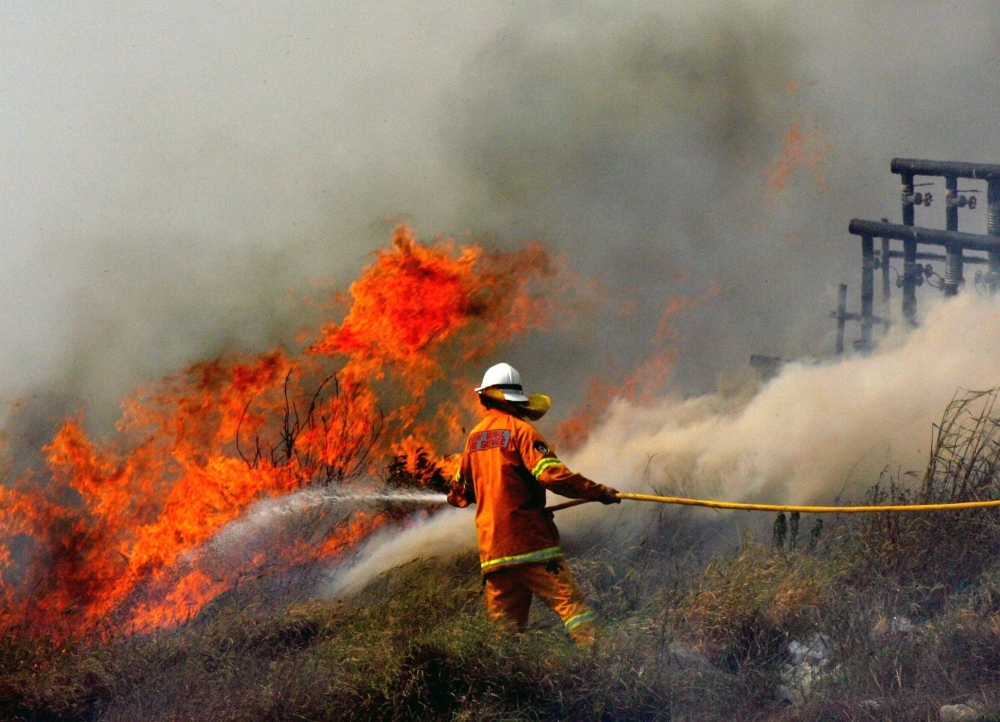The declaration of El Nino conditions in the middle of a spring heatwave is the sort of news that can cause dread in Australia.
The climate cycle brings warm water to the tropical Pacific Ocean and hot, dry conditions to much of the globe, raising the risk of wildfires in the Amazon and Southeast Asia while tending to reduce them in the western U.S.. In Australia, the conflagrations can be particularly devastating: The 1983, 2003, 2007, 2010 and 2015 fire seasons, some of the most damaging in the country’s history, all occurred during El Nino.
This year, many hoped for some respite. Less than four years ago, more than 10,000 fires swept through 24 million hectares. The Black Summer catastrophe burned a fifth of its forests, killed 33 people and more than 1 billion animals, destroyed nearly 2,500 homes and released as much as 1.06 billion metric tons of carbon dioxide into the atmosphere, equivalent to three years’ worth of Australia’s normal carbon dioxide emissions.



